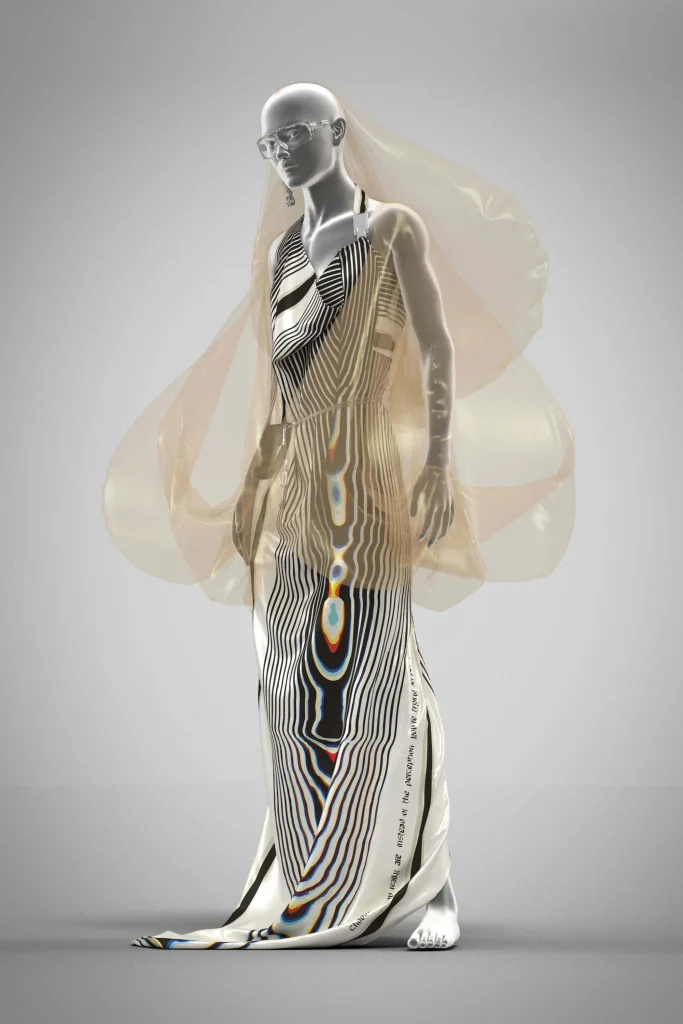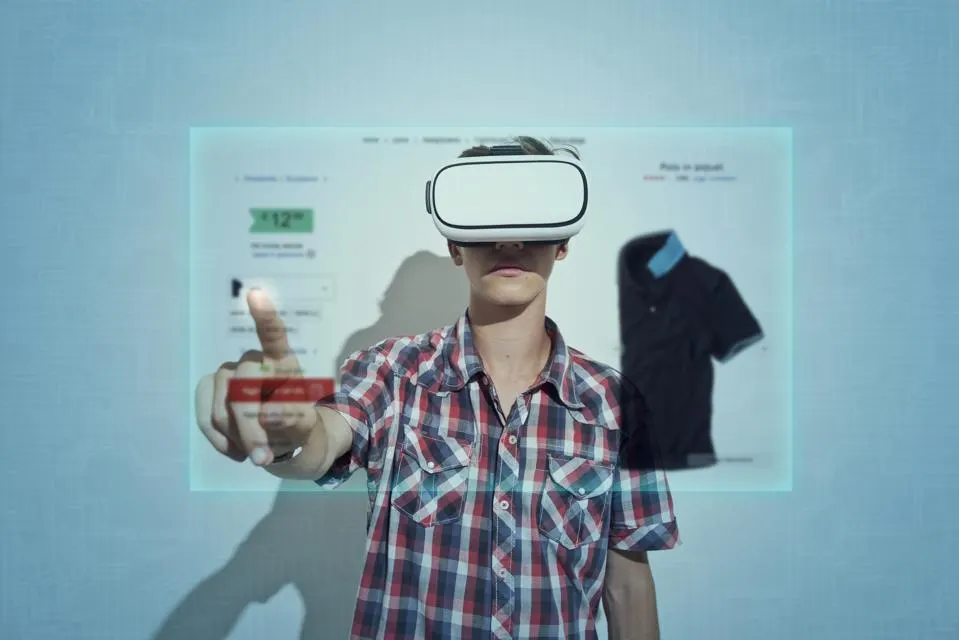Table of Contents
Technology has profoundly transformed the fashion industry, influencing everything from design and production to marketing and retail. The integration of technology into fashion has revolutionized how brands operate, how consumers interact with fashion, and how the industry addresses sustainability challenges. As technology continues to evolve, its impact on fashion is becoming increasingly significant, shaping the future of this dynamic industry.

Design and Innovation
Technology has revolutionized fashion design, enabling designers to push creative boundaries and streamline their workflows. Computer-aided design (CAD) software has become an essential tool for fashion designers, allowing them to create detailed and accurate digital prototypes of their designs. CAD software facilitates experimentation with patterns, colors, and textures, reducing the need for physical samples and accelerating the design process.
Additionally, 3D printing technology has opened new possibilities for fashion innovation. Designers can now create intricate and custom-designed garments and accessories using 3D printers. This technology allows for the production of unique pieces that were previously difficult or impossible to create using traditional manufacturing methods. The ability to print garments directly from digital designs also reduces waste and offers new opportunities for personalized fashion.
Production and Manufacturing
Technology has also transformed the production and manufacturing aspects of the fashion industry. Automation and robotics have streamlined manufacturing processes, increasing efficiency and reducing production costs. Automated cutting machines, for example, can cut fabric with precision, minimizing waste and ensuring consistency in production.
The rise of digital textile printing has further revolutionized the manufacturing process. Digital printers can apply complex patterns and designs directly onto fabric, allowing for on-demand production and reducing the need for large inventories. This technology enables brands to offer more diverse and customized collections while minimizing excess production and associated waste.
Supply Chain and Logistics
The fashion industry’s supply chain has been significantly impacted by technology, particularly through the use of advanced analytics and data management systems. Supply chain management software helps brands track inventory levels, manage suppliers, and optimize logistics. Real-time data and predictive analytics allow for better forecasting and inventory management, reducing the risk of overstocking or stockouts.
Blockchain technology is also making strides in fashion supply chains by enhancing transparency and traceability. Blockchain can provide an immutable record of each step in the supply chain, from raw materials to finished products. This transparency helps brands verify the authenticity and ethical sourcing of their products, addressing consumer concerns about sustainability and ethical practices.

Retail and E-Commerce
Technology has transformed the retail landscape, creating new opportunities for brands to engage with consumers and drive sales. E-commerce platforms have revolutionized how consumers shop for fashion, offering a convenient and accessible way to purchase products from anywhere in the world. Online shopping has become increasingly popular, with consumers enjoying the ease of browsing and purchasing items from the comfort of their homes.
Augmented reality (AR) and virtual reality (VR) technologies are enhancing the online shopping experience by allowing consumers to virtually try on clothing and accessories. AR apps enable users to see how different items would look on them before making a purchase, reducing the likelihood of returns and improving customer satisfaction. VR technology also provides immersive shopping experiences, such as virtual fashion shows and interactive store environments.
Marketing and Consumer Engagement
Technology has revolutionized fashion marketing and consumer engagement, enabling brands to connect with their audience in new and innovative ways. Social media platforms have become essential tools for fashion brands to reach and engage with consumers. Influencer marketing, where brands collaborate with social media influencers to promote their products, has become a popular strategy for driving brand awareness and sales.
Artificial intelligence (AI) and data analytics play a crucial role in marketing strategies by providing insights into consumer behavior and preferences. AI-powered algorithms can analyze vast amounts of data to identify trends, personalize marketing messages, and optimize advertising campaigns. This data-driven approach allows brands to target their audience more effectively and create more engaging and relevant content.
Sustainability and Ethical Practices
The fashion industry has long faced challenges related to sustainability and ethical practices. Technology is playing a vital role in addressing these issues by promoting more sustainable and ethical approaches to fashion production and consumption. Innovations such as eco-friendly materials, circular fashion, and waste reduction technologies are helping to reduce the environmental impact of the fashion industry.
For example, companies are developing new materials from recycled plastics, organic fibers, and even agricultural waste. Technology is also enabling the development of closed-loop systems, where garments are designed to be easily recycled or upcycled, reducing waste and extending the lifecycle of products.
Additionally, digital tools are helping brands improve transparency and traceability in their supply chains. By using technology to track and verify the origins of materials and production practices, brands can demonstrate their commitment to ethical and sustainable practices, building trust with consumers.
Challenges and Considerations
While technology offers numerous benefits to the fashion industry, it also presents challenges and considerations. The rapid pace of technological change can create barriers for smaller brands and designers who may struggle to keep up with the latest advancements. Additionally, the implementation of new technologies requires significant investment and expertise, which can be a challenge for some businesses.
Data privacy and security are also important considerations, particularly in the context of e-commerce and digital marketing. Brands must ensure that they protect consumer data and comply with relevant regulations to maintain trust and avoid potential legal issues.

Conclusion
Technology is reshaping the fashion industry in profound ways, driving innovation in design, production, and retail. From advanced design tools and automated manufacturing processes to e-commerce platforms and sustainable practices, technology is transforming how fashion is created, marketed, and consumed. As the industry continues to evolve, embracing technological advancements will be crucial for brands to stay competitive, meet consumer expectations, and address sustainability challenges. The impact of technology on fashion is a testament to the industry’s adaptability and resilience, paving the way for a more dynamic and forward-thinking future.
